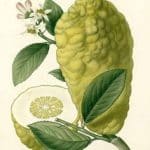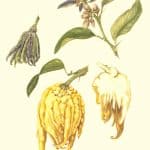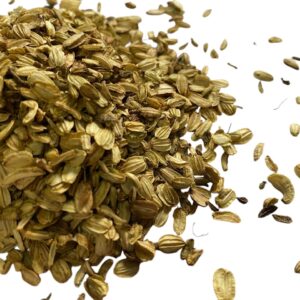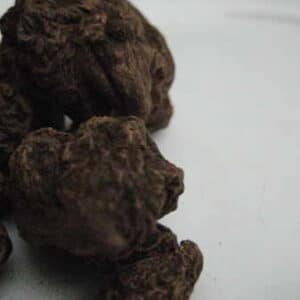Fo Shou Gan (Citrus medicus) is known in English as Citron, the dried sliced peel of which are this product. It grows in the foothills of the Himalayas and in Sikkim, Assam and the central regions of India. It can also be found in abundance in the Mediterranean and mid western USA.
It is not a particularly large tree, growing to around 10 to 12 feet in height with thick, thorny branches and ovate fruit which is typically light green when unripe and yellow when ripe. The fruit pulp is sharp and not at all pleasant and the flower is white on the inside, pink or purple on the outside.
The skin of the fruit is surprisingly thick and very fleshy whilst the juice bearing segments are small. It skin has a very pleasing aroma.
Traditional Uses for Fo Shou Gan:-
The pulp and the peal are used for making jam and sweets, as well as for cosmetics. However, the citron’s main use is religious.
History of Fo Shou Gan:-
This is the first citrus tree that came to the Middle East, apparently already 6000 years ago. Its origin is unknown, perhaps from India or from southern Arabia. It was perhaps brought to the Land of Israel from Madai (Iran) by immigrants from Babylonia during the time of the Second Temple, and was identified with the biblical plant “boughs of goodly trees” (Leviticus 23: 40), which is among the 4 kinds that are customarily used for blessings on Sukkoth. The citron became a customary symbol in Jewish art since the days of the Mishnah.
In the scientific classification citruses are regarded as a genus or group of genera in the Rutaceae family, and the citron is one of the species in this group.
| Country of Origin | China |
|---|---|
| Batch Code | BB233599B3 |
| Harvest | Oct 23 |
| Best Before | Jul 26 |







